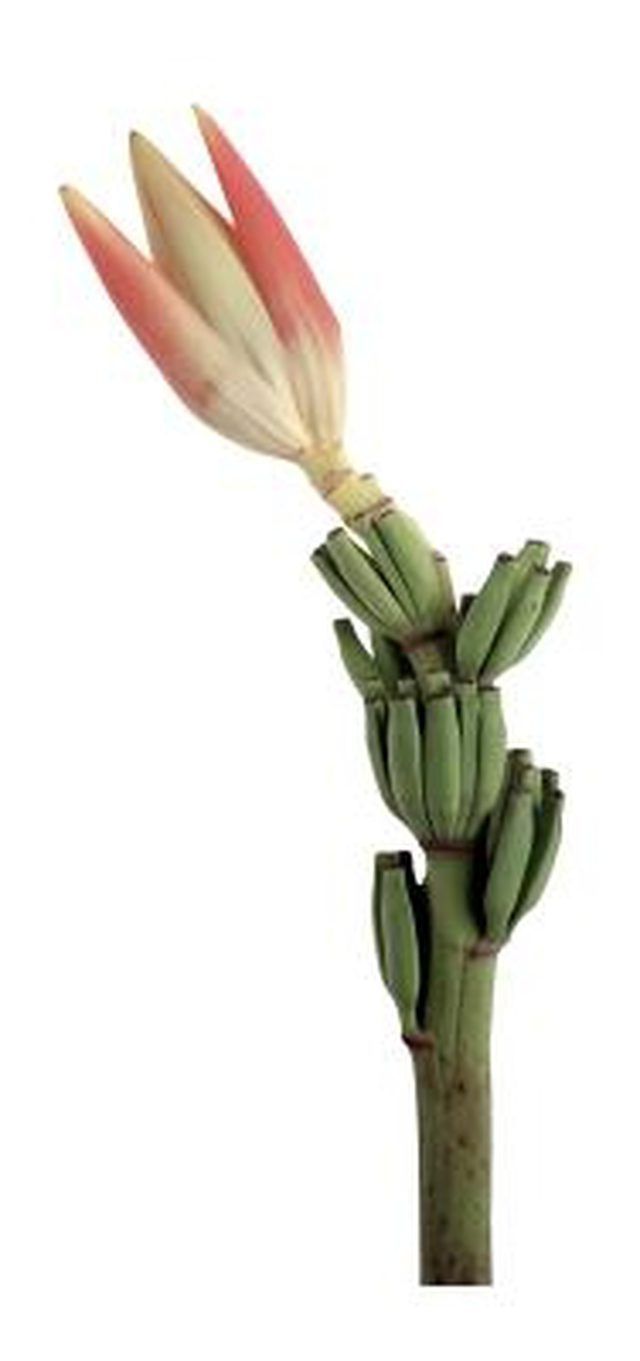Bulbs
Flower Basics
Flower Beds & Specialty Gardens
Flower Garden
Garden Furniture
Garden Gnomes
Garden Seeds
Garden Sheds
Garden Statues
Garden Tools & Supplies
Gardening Basics
Green & Organic
Groundcovers & Vines
Growing Annuals
Growing Basil
Growing Beans
Growing Berries
Growing Blueberries
Growing Cactus
Growing Corn
Growing Cotton
Growing Edibles
Growing Flowers
Growing Garlic
Growing Grapes
Growing Grass
Growing Herbs
Growing Jasmine
Growing Mint
Growing Mushrooms
Orchids
Growing Peanuts
Growing Perennials
Growing Plants
Growing Rosemary
Growing Roses
Growing Strawberries
Growing Sunflowers
Growing Thyme
Growing Tomatoes
Growing Tulips
Growing Vegetables
Herb Basics
Herb Garden
Indoor Growing
Landscaping Basics
Landscaping Patios
Landscaping Plants
Landscaping Shrubs
Landscaping Trees
Landscaping Walks & Pathways
Lawn Basics
Lawn Maintenance
Lawn Mowers
Lawn Ornaments
Lawn Planting
Lawn Tools
Outdoor Growing
Overall Landscape Planning
Pests, Weeds & Problems
Plant Basics
Rock Garden
Rose Garden
Shrubs
Soil
Specialty Gardens
Trees
Vegetable Garden
Yard Maintenance
Banana Pollination & Fruit Development
Banana Pollination & Fruit Development. Banana trees that are at least 1 year old and protected from frost may produce bananas. The flowers of banana trees require no pollination. Pollinated flowers actually produce dry fruit full of seed and lacking pulp.

Banana trees that are at least 1 year old and protected from frost may produce bananas. The flowers of banana trees require no pollination. Pollinated flowers actually produce dry fruit full of seed and lacking pulp.
Pollination
Female flowers bloom first, in groups called hands. These produce the fruit. Sterile flowers then bloom, followed by the male flowers, which produce the pollen. In the wild, birds move the pollen from the male to the female flowers. Cultivated varieties of banana trees are pollinated in the presence of wild banana trees.
Fruiting
Unfertilized female flowers in cultivated varieties produce fruit after the flower goes too long without fertilization. The ovules cease developing, and the fruit pulp swells as the bananas grow. The purplish bracts that shelter the hands of flowers roll back, and the starchy, green bananas grow in the same cluster formation. The bananas can yellow either on the tree or hung in a cool, shaded, well-ventilated area.
Time Frame
Flowering stalks form once the banana trees are 10 to 15 months old. Within three to six months---depending on variety and weather conditions---bananas will be ready for harvest.
Harvesting bananas while they are still green prevents loss or damage from insects and birds. The website of Texas A&M University's AgriLIFE Extension suggests bagging the fruit cluster with an apple slice to shorten the final ripening period from about three days to a day.